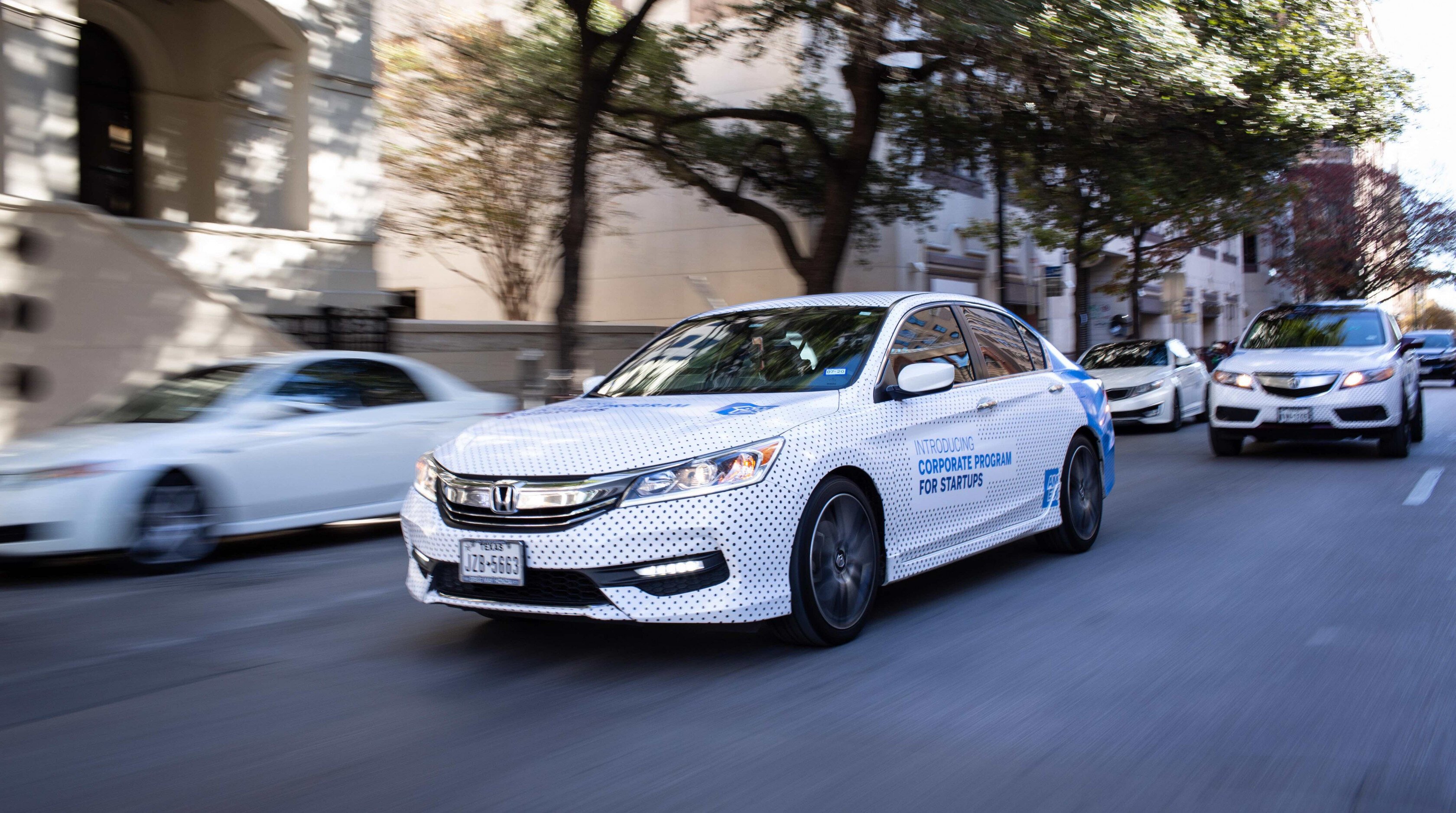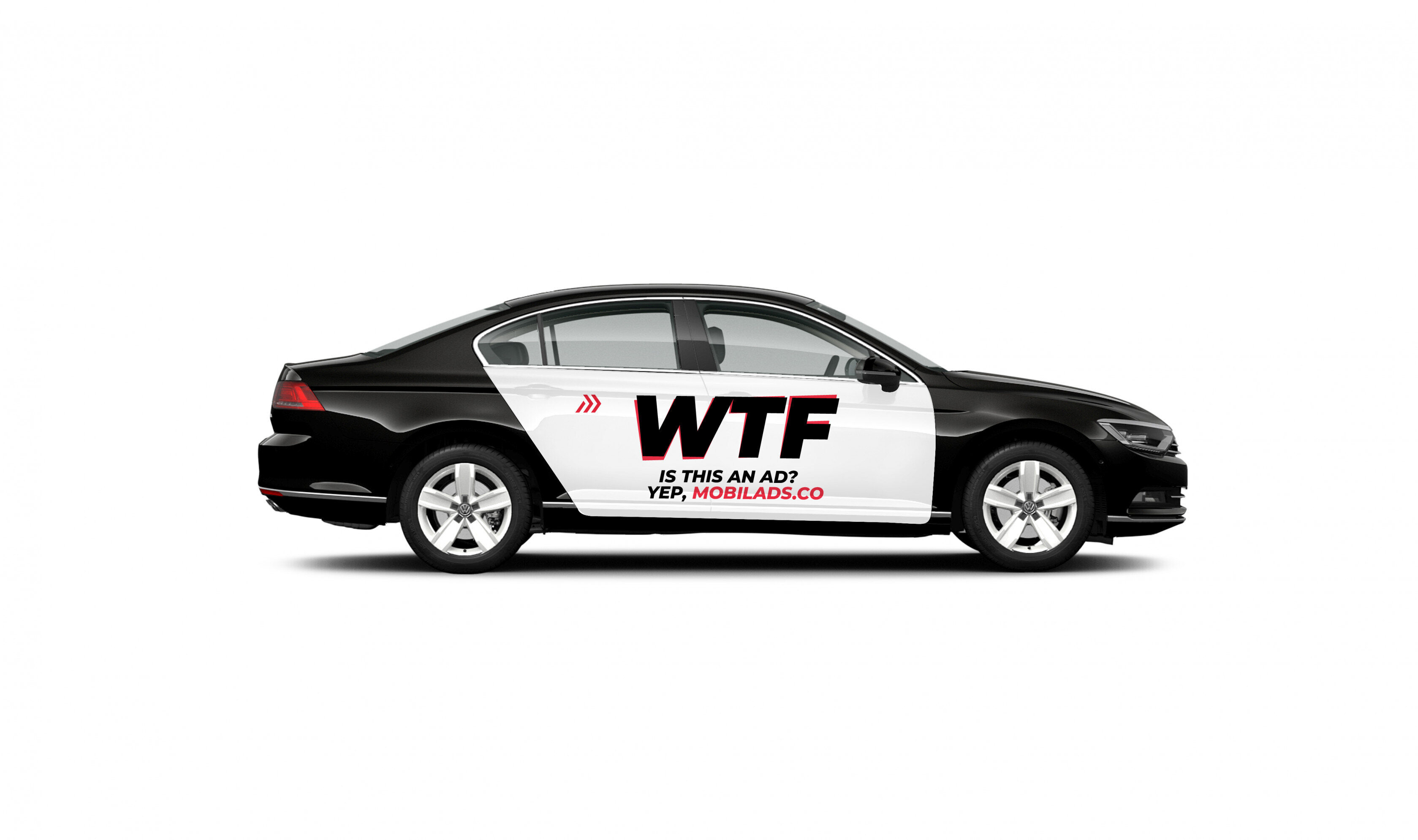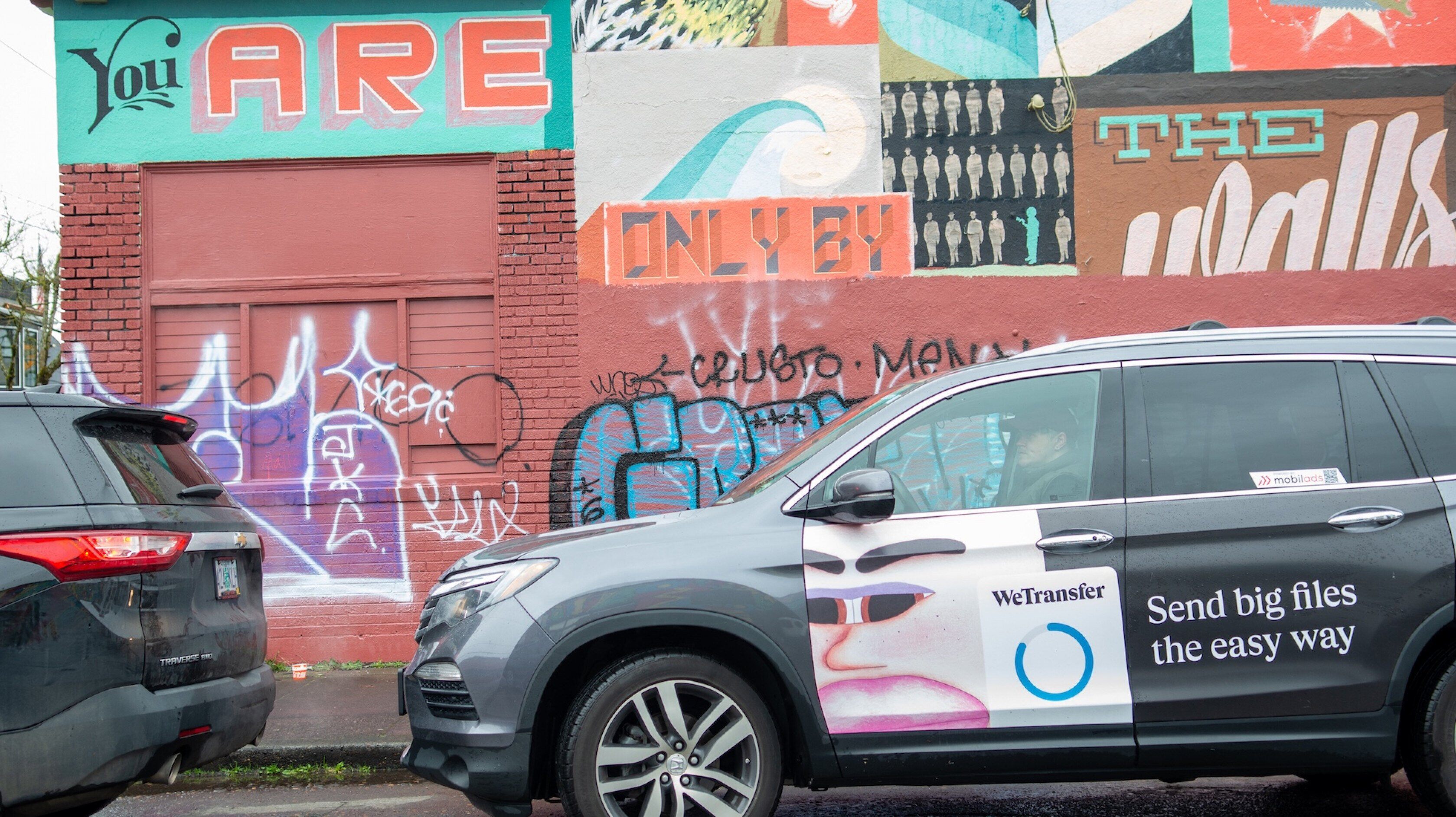Many startups in the Out-Of-Home (OOH) industry, and the third-party partners they use to measure campaign performance, boast about having best-in-class advertising technology and measurement capabilities. While some companies have figured it out for stationary billboards, attribution for mobile inventory remains a gray area.
After extensive research, we weren’t convinced by the existing measurement methods used for moving inventory.
So, we took an unconventional approach and built an attribution model in-house. Through humbling trial and error learnings with thousands of rideshare vehicles and several successful campaigns, we established a process trusted by note-worthy brands and agencies.
And now, we decided to separate the attribution product from our rideshare platform, and offer our solution to other OOH vendors so they can easily measure their own medium.
Introducing densiti, a full-funnel attribution platform that measures OOH campaign performance on anything that moves, to help marketers justify campaign ROI.
The Current State of OOH Attribution
The truth is, OOH is still a mixed bag when it comes to the role that attribution plays. Some of the biggest name brands we work with don’t care about measurement — they’re fine with receiving a few POPs and seeing their own campaign live in person. These are usually veterans, per say, in the OOH industry who already know wrapped vehicles are a powerful medium for reaching consumers.
After all, Nielsen’s 2019 Research Report highlighted that wrapped vehicles is the most noticed moving OOH format and second most noticed form of outdoor advertising overall, with “64% of U.S. residents at ages of 16 or older who noticed a wrapped vehicle in the past month, and 44% in the past week.” Not to mention our client retention rate speaks for itself — 89% of our customers return within six months of launching their first campaign with us.
But those who do care about measurement view OOH as a science, not an art. Current times require more justification of ROI to stakeholders as marketers are increasingly held accountable for the financial returns of their efforts. Even more so, with lower foot traffic comes tighter ad budgets and heavier scrutiny as to which marketing channels are delivering ROI, which means measurement is no longer a cherry on top: it’s a requirement.
We get it. There is no such thing as a perfect measurement model. As the legendary Bob Hoffman said it best in his book Advertising for Skeptics, “In Advertising, as in life, there are no certainties. There are just likelihoods… and probabilities.” Nothing in this life is perfect, but OOH attribution is more developed than it's ever been before.
Getting Technical (How We Do It)
So here's the cliff notes version of how we approach an attribution model that works for moving inventory:
- densiti places a moving geo-fence on each vehicle (the size of the geofence varies by city and street-width) and captures billions of anonymized, CCPA-compliant mobile location data points - cleansed of any inaccuracies - to determine the likelihood of who was in viewing distance of the ads. The closer a mobile device is to the center of the vehicle, the higher the probability of the impression.
- Based on census data and foot traffic behavior, we analyze the make up of exposed audiences (demographic, psychographic, and consumer interests) by tracing each exposure back to the census block of their home base.
- Using the same Mobile Device IDs that we capture, we can then analyze traffic of the exposed audience to any website (by placing a pixel) or physical brick and mortar location (by geofencing). Thus, we effectively measure visitation lift or conversion lift attributable to the OOH campaign.
OOH Will Grow With Attribution
Only 4% of total ad spend in the U.S. is allocated to OOH and OOH spend is down 29% so far in 2020. According to IAB, nearly two in three marketers (62%) say they don’t have enough information from measurement and attribution to justify their ad spend, and the majority would spend more on OOH channels if they had the right OOH attribution tools.
So, what is the value of one OOH dollar? Before now, it was hard to tell. But as measurement becomes more sophisticated and moves further down the funnel, OOH could be a much larger portion every marketing budget. The data speaks for itself.
Request a demo today to learn more about densiti’s suite of attribution tools.
Craig Cook - Chief Executive Officer - craig@mobilads.co





